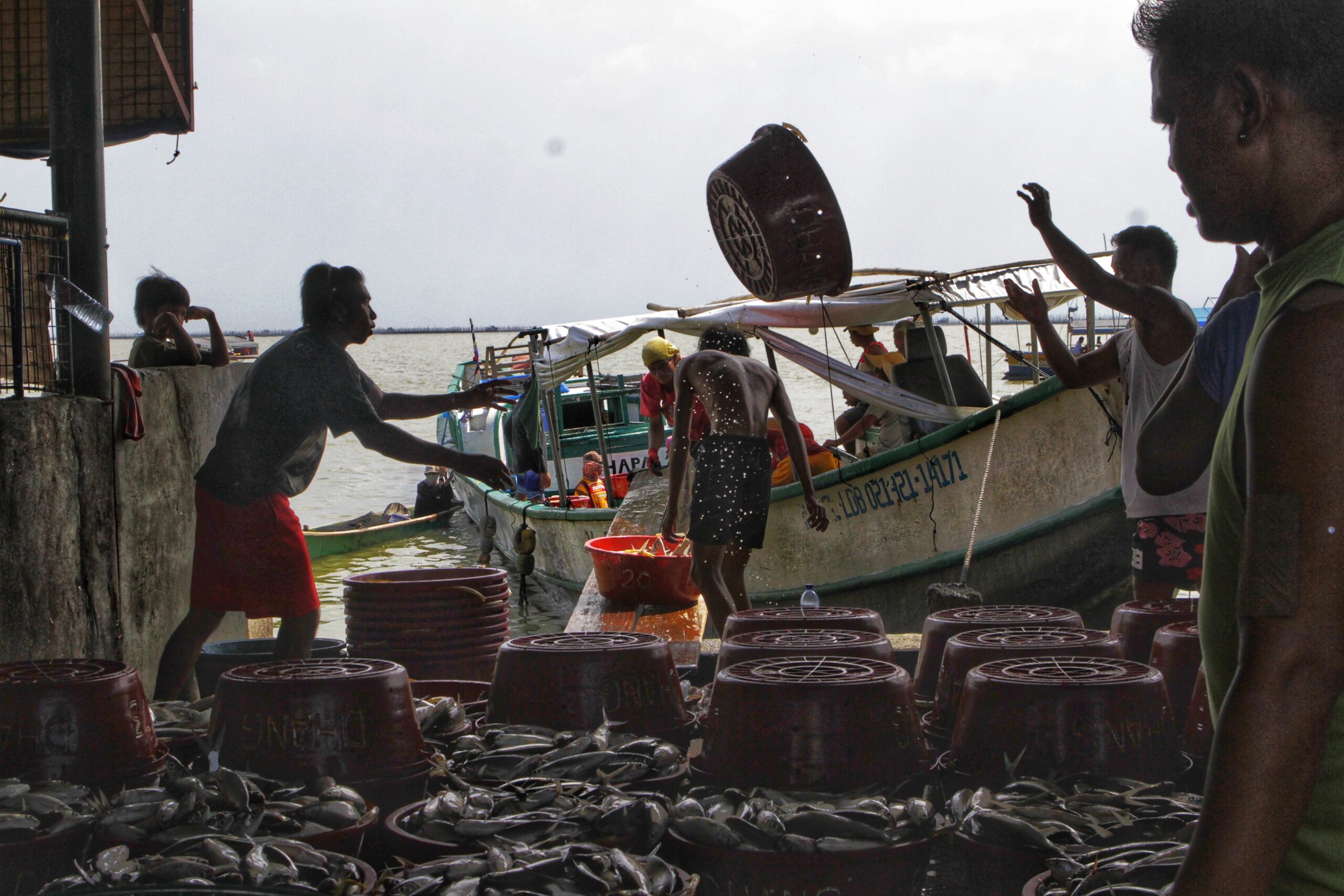
THE Philippine economy is now expected to post slower growth on the back of weaker external demand and high base effects, according to the Asean+3 Macroeconomic Research Office (AMRO).
AMRO said in a statement on Tuesday that it now projects the country’s GDP growth to average 5.9 percent in 2023 before recovering to a growth of 6.5 percent in 2024. Growth in 2024 is expected to be driven by stronger external demand.
In July, AMRO said the Philippines is still expected to post a growth of 6.2 percent this year and 6.5 percent next year while inflation is seen averaging 5.9 percent in 2023 and 3.8 percent in 2024.
“Domestic demand is expected to remain robust supported by continued improvement in labor market conditions, lower inflation, robust overseas remittances, and higher government infrastructure spending,” AMRO Group Head and
Principal Economist Runchana Pongsaparn, however, said.
Headline CPI inflation, meanwhile, is projected to moderate to 5.5 percent in 2023 from 5.8 percent in 2022, and slow further to 3.8 percent in 2024.
“Despite some moderation, inflationary pressure will likely remain elevated as reflected in the high level of core inflation, due to a positive output gap and the second-round effects induced by increases in the minimum wages and expectations of persistently high inflation,” AMRO added.
On the external front, AMRO said the widening current account deficit was partly offset by net capital inflows while external debt remained low and the international reserve buffer was adequate.
AMRO also said the banking sector has improved profitability, had ample liquidity, and sufficient capital buffers.
Meanwhile, the country’s economic outlook is clouded by various risk factors and challenges. In the short term, this challenge is high inflation, especially due to local supply shocks in the food sector.
There is also a risk of adverse effects due to an economic slowdown in major trading partners and volatility in the global financial market, along with tighter financial conditions, also pose risks.
“The long-term growth potential is largely affected by the scarring effects of the pandemic, the pace of infrastructure development, geopolitical risks, and the economic losses from natural disasters, which are being exacerbated by climate change,” AMRO said.
AMRO also said the Bangko Sentral ng Pilipinas (BSP) decision to tighten monetary policy has led to a 425 basis point increase in key policy rates since May 2022.
This along with the contraction in the government’s fiscal stance was “an appropriate policy mix amid a positive output gap and persistent inflationary pressure.”
“The ‘all-of-government approach’ against inflation is welcomed as it addresses the supply side problems. Macroprudential tools can be used actively to address potential financial stability issues,” AMRO said.
In the medium to long term, AMRO said the country’s fiscal policy should balance the need to restore fiscal buffers and support sustainable growth and development.
On the financial system, AMRO said there is a need for close coordination between regulators in identifying, monitoring and mitigating financial stability risks that might arise from non-financial corporates.
Meanwhile, the authorities should continue to improve the liquidity management framework, develop the bond and repo markets, and continue to expand financial inclusion, to enhance the system’s resilience to shocks and promote market activities.
“A comprehensive strategy is warranted to bolster the Philippines’ medium- to long-term economic growth potential. Overcoming the scarring effects of the pandemic mandates a sustained focus on upgrading and upskilling the work force to embrace a more technology-driven economy,” AMRO said.
Image credits: Bernard Testa
